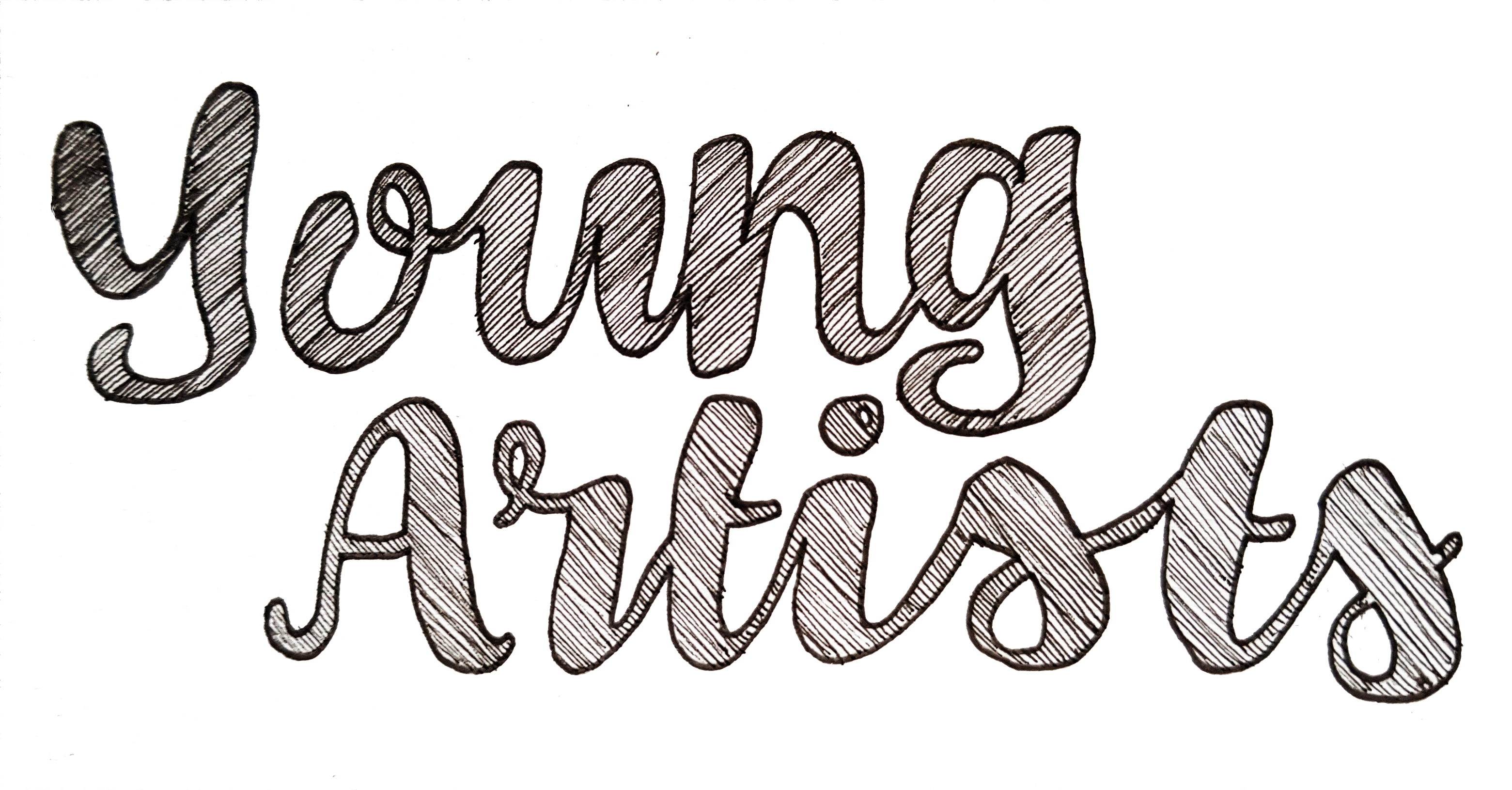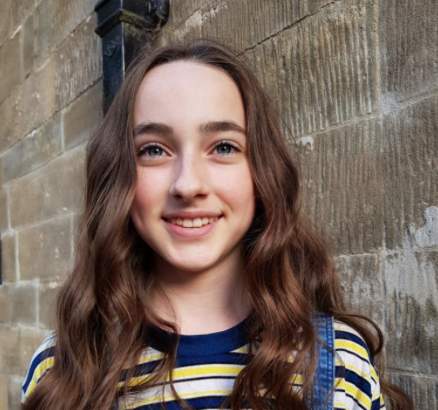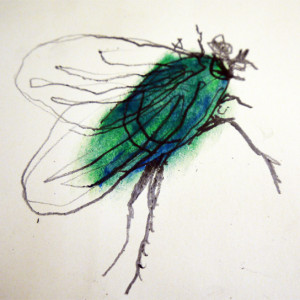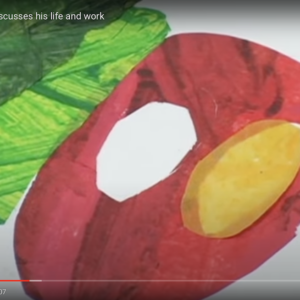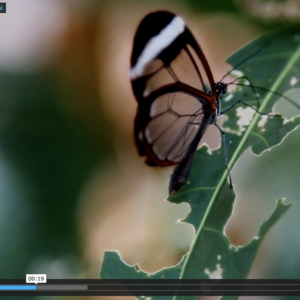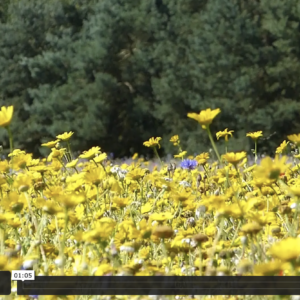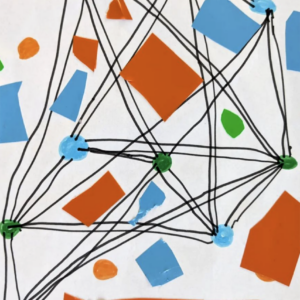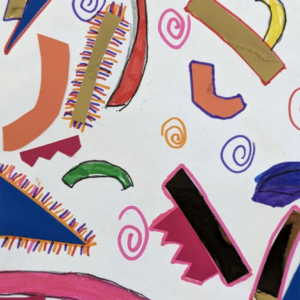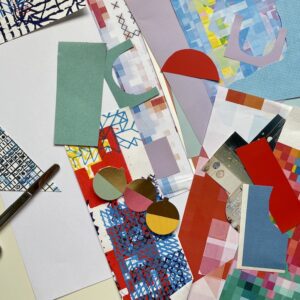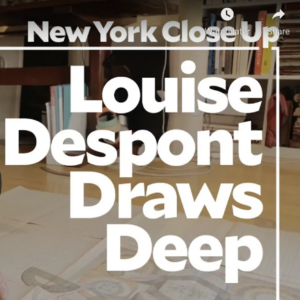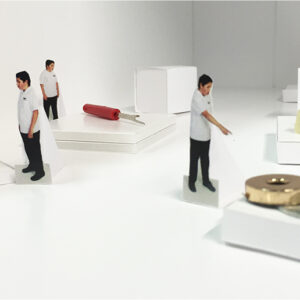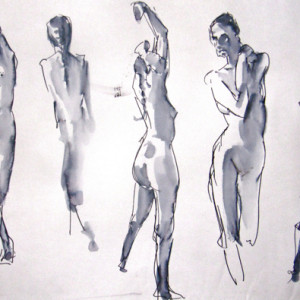By Rowan Briggs Smith
Many thanks to AccessArt Young Artist Rowan Briggs Smith for sharing these images and her process.

“I was given some small sheets of textured Indian paper and I decided to create a small series of still life using ink and nib of interesting tins, bottles and cans from around the house. Because the nib is fine and the paper small I decided to concentrate on mark making, and to experiment with how I could create create drawings which explored form, pattern and typography. See this simple exercise which you could use before you make these drawings to help you explore mark making.

For each drawing I started with a simple pencil sketch.


On this drawing I decided to add a single wash of colour using ink.

I then worked over the drawing with ink and nib. I liked the challenge of adding detail. I really enjoyed this stage. Each drawing probably took between 2 and 4 hours.


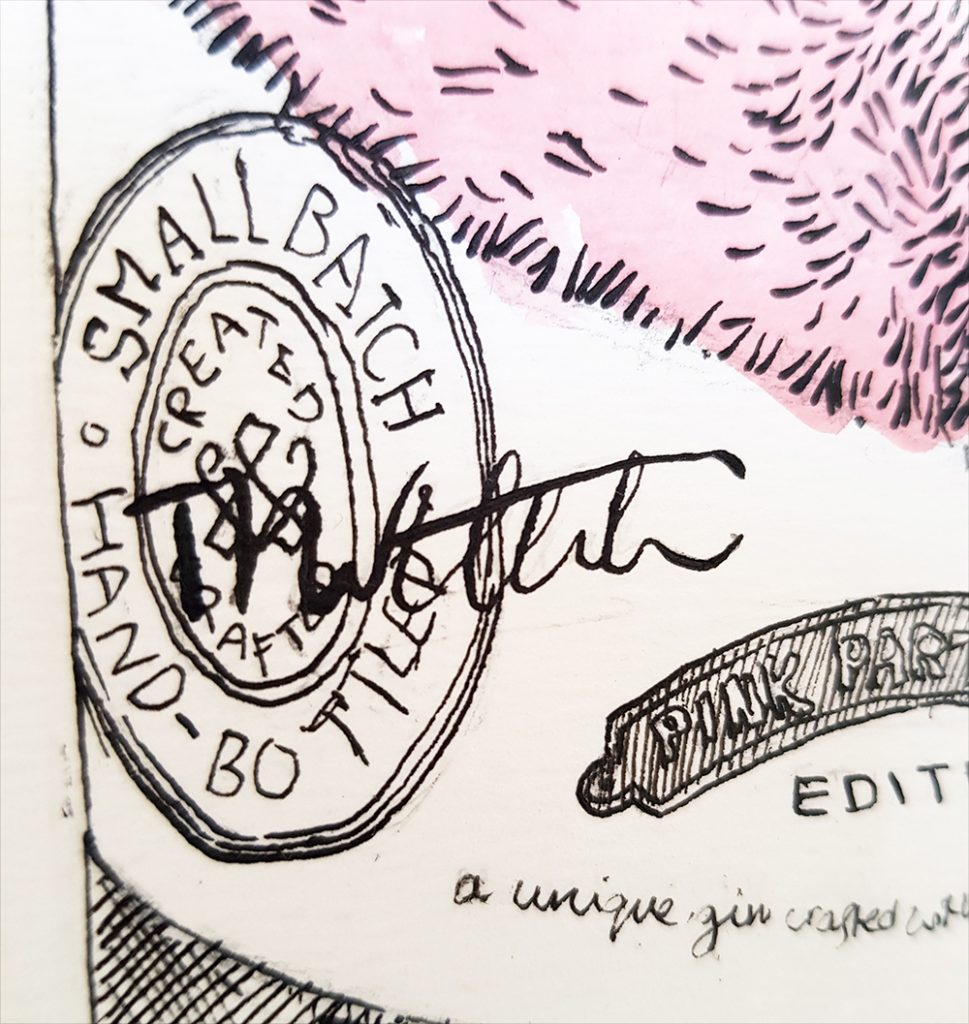



In this drawing I decided to add water to the ink using a brush pen.


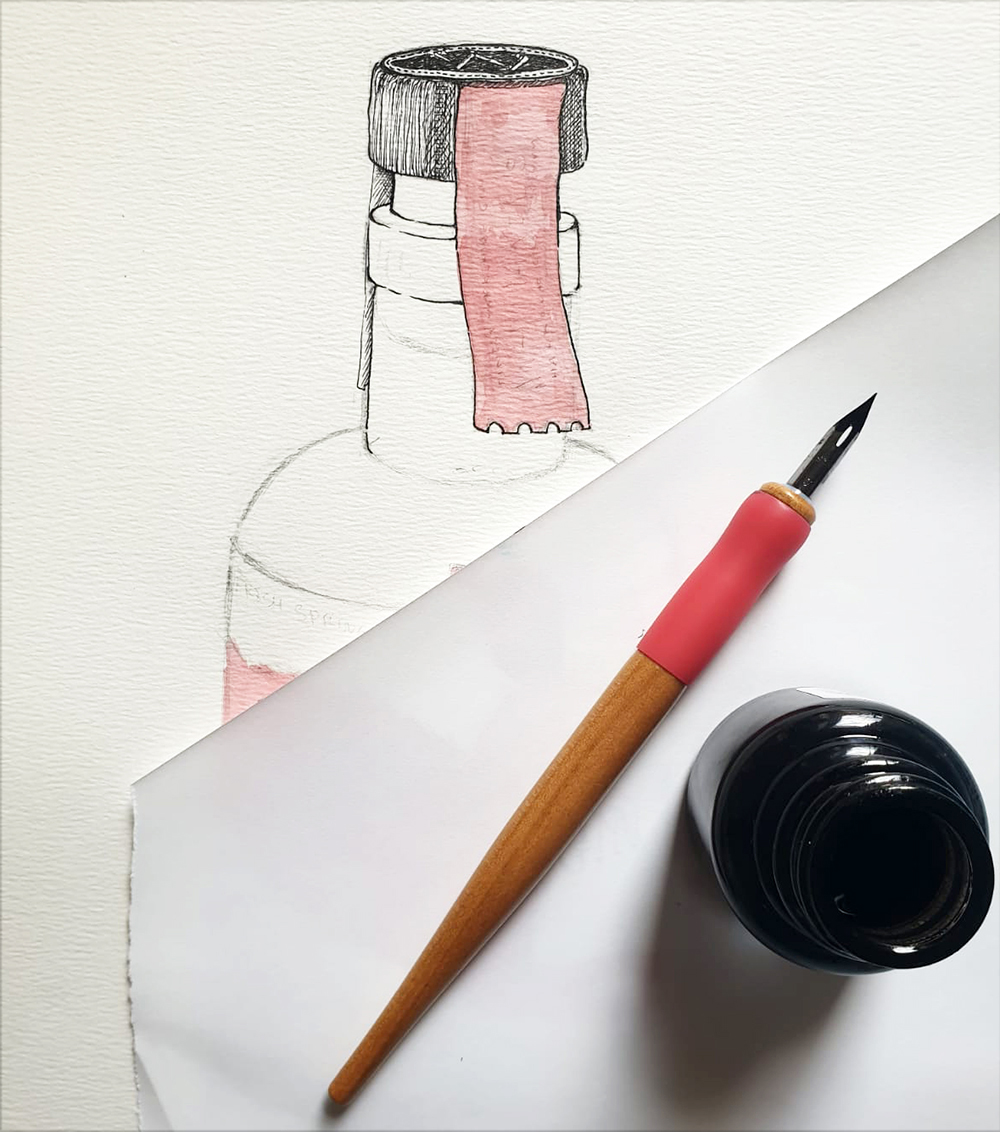
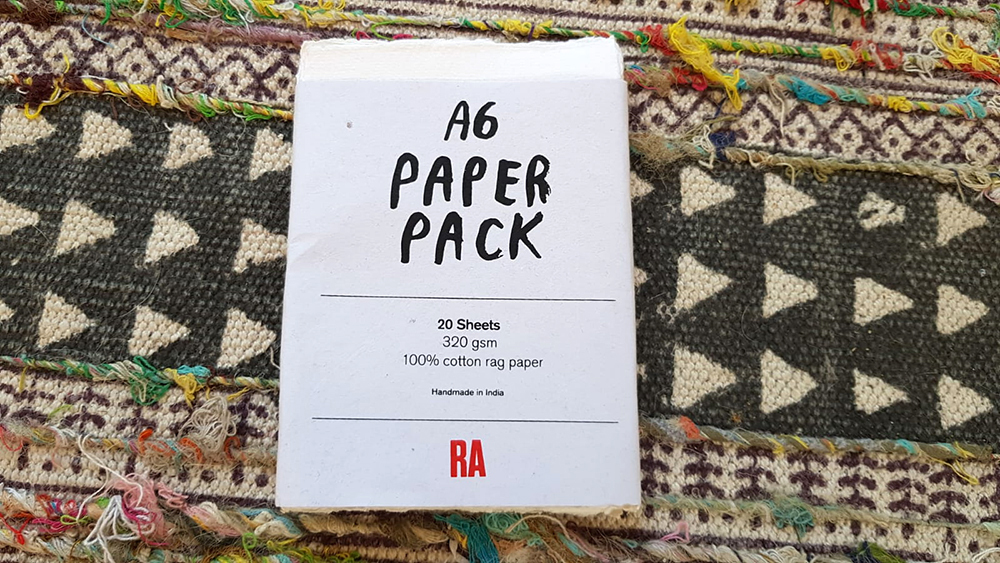
Sign up below to receive email updates from AccessArt. AccessArt promises not to share your information with anyone else and you can unsubscribe at any time!
[si-contact-form form=’35’]
